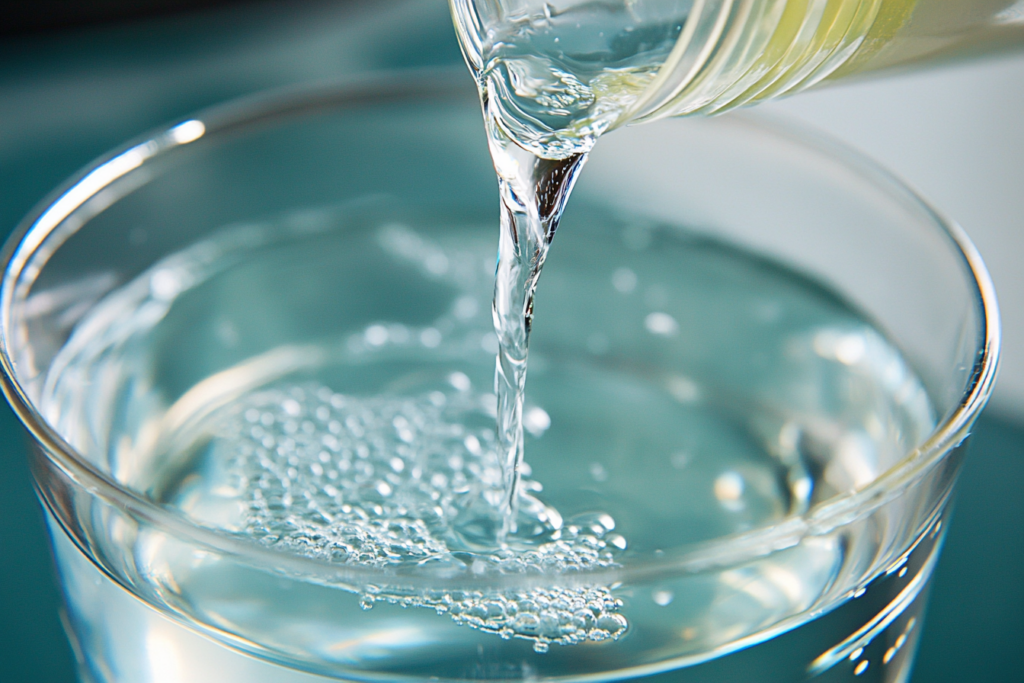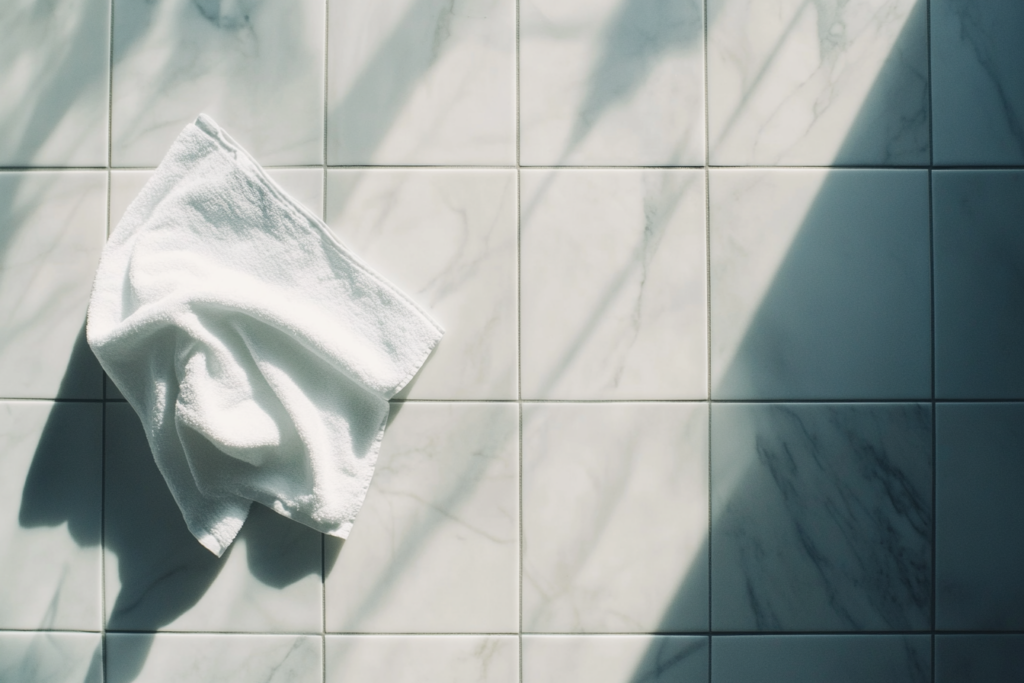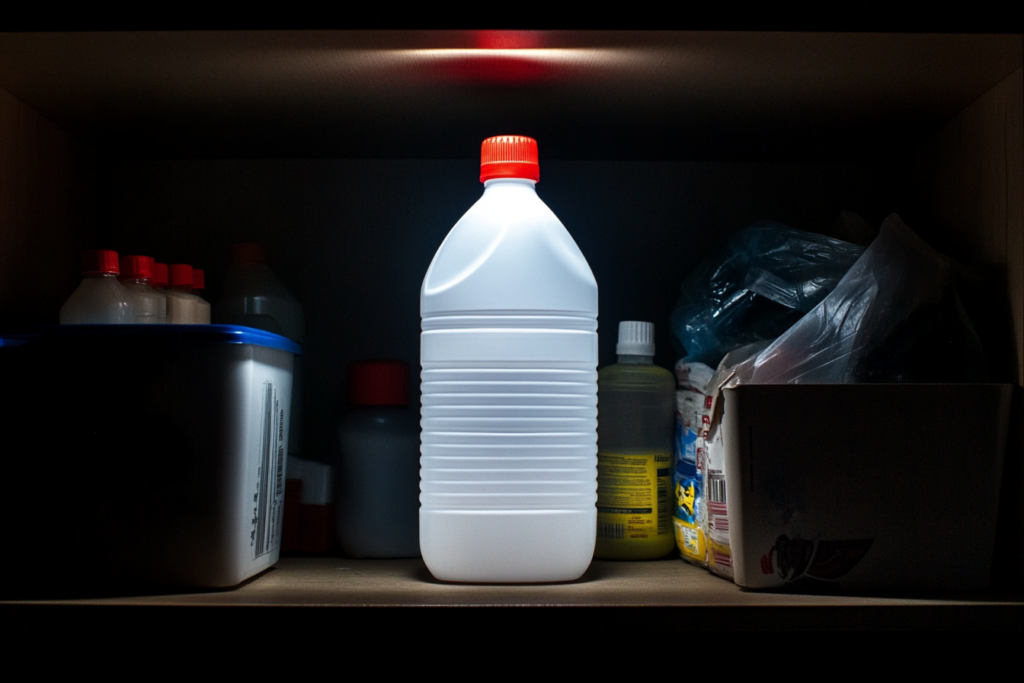You might think you’re a pro at using bleach for cleaning, but there’s one common mistake that even experienced cleaners make: using undiluted bleach straight from the bottle. This seemingly harmless practice not only reduces the effectiveness of your cleaning routine but can also pose serious risks to your home and well-being.
Why dilution matters more than you think

Many people assume that using bleach at full strength will result in better cleaning power. However, this couldn’t be further from the truth. Proper dilution actually optimizes bleach’s effectiveness while ensuring safety. The ideal ratio is typically 1/3 cup of bleach per gallon of water for general cleaning and disinfecting.
Think about it this way: would you drink orange juice concentrate without diluting it first? Just as concentrated juice needs water to achieve its intended taste, bleach requires proper dilution to work effectively. Using it straight from the bottle doesn’t make it work better – it just wastes product and potentially damages surfaces.
Smart ways to measure and mix
The key to proper dilution lies in accurate measurement. Invest in a dedicated measuring cup with a pour spout for your cleaning supplies. This simple tool helps prevent spills and ensures precise measurements every time.
When mixing your solution, always add bleach to water, not water to bleach. This reduces splashing and helps maintain a consistent concentration. Use room temperature water, as extremely hot or cold water can affect bleach’s effectiveness.
Different surfaces need different dilutions

Not all surfaces are created equal when it comes to bleach cleaning. For kitchen countertops, use 1/2 cup of bleach per gallon of water. Bathroom surfaces can handle the same concentration. For laundry, add 3/4 cup to your machine’s bleach dispenser – never pour it directly on clothes.
Outdoor cleaning requires different ratios. Mix 1 part bleach with 4 parts water for garden tools and plant pots. For removing moss from walkways, use 1 cup per gallon of water.
Essential safety gear you shouldn’t skip
Beyond proper dilution, protecting yourself is crucial. Use chemical-resistant gloves and eye protection when handling bleach solutions. Work in well-ventilated areas, opening windows or running fans to disperse fumes.
What happens if you get undiluted bleach on your skin? Immediately rinse the area with cool running water for at least 15 minutes. If irritation persists, seek medical attention.
Storage and shelf life considerations

Store bleach in its original container away from direct sunlight. Never transfer it to unmarked bottles or containers that previously held other chemicals. Mixed solutions should be used within 24 hours, as bleach naturally breaks down over time, reducing its effectiveness.
Check the manufacture date on your bleach bottle – most have a shelf life of about six months when stored properly. After this time, the concentration gradually decreases, making it less effective for cleaning and disinfecting.
Using bleach correctly doesn’t have to be complicated. By following proper dilution ratios and safety practices, you’ll achieve better cleaning results while protecting yourself and your surfaces. Remember: when it comes to bleach, more isn’t better – precision and proper dilution are key to success.
